How to make a mattress firmer: 8 things to try when your bed's too soft
Top tips for turning a too-soft mattress into one that's just right
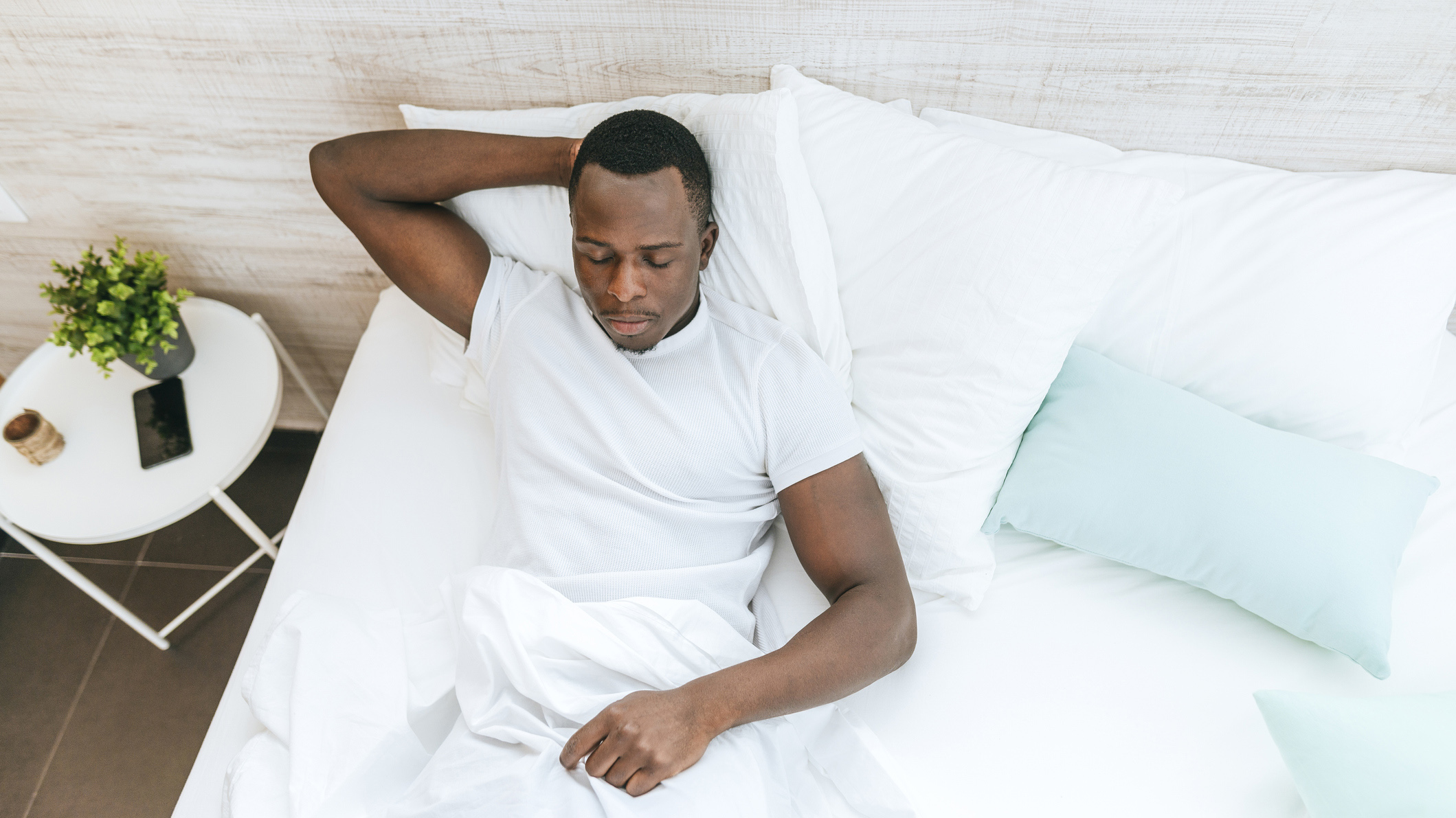
Knowing how to make a mattress firmer can be a lifesaver if you find yourself saddled with a bed that's far too soft for you. A too-soft bed can be uncomfortable if you're used to a firmer sleep surface, and depending on your body type and sleep style a lack of adequate support can also cause back and neck pain over time, so it's something that you'll want to address sooner rather than later.
Years of heavy use means that even the best mattresses can show signs of softening eventually; fortunately there are some ways to reverse this, albeit with a few caveats that we'll also mention.
Naturally, mattress firmness is a subjective matter, and what's too soft for many people may be just right for you. In general, though, medium-firm is a good fit for most people. While softer mattresses can feel lovely and snug at first, they can also cause lower back pain in some people by putting the spine out of alignment. If you want (or need) one of the best firm mattresses but have ended up with something much squishier, here's how to make a mattress firmer...
How to make a mattress firmer: quick tips
Let's be realistic: while our tips can help you quickly firm up a soft mattress, there's only so much you can do if yours is showing signs of serious sagging. Our guide to how to fix a sagging mattress has some helpful advice, and will also point out the signs that it might be time to bite the bullet and buy a new mattress.
In a rush? Then here are our top tips for how to make a mattress firmer:
- Swap your mattress for a firmer feel if you’re within the trial period
- Flip or rotate your mattress and sleep on the firmer side
- Place your mattress on a more supportive bed base
- Place your mattress on the floor if the warranty allows it
- Add a firm bed topper for an instant difference
- Reduce the temperature in your bedroom to firm up the foam
- Air your mattress in the sun to reduce moisture that causes softening
- Use a slab of plywood beneath your mattress (this has risks attached)
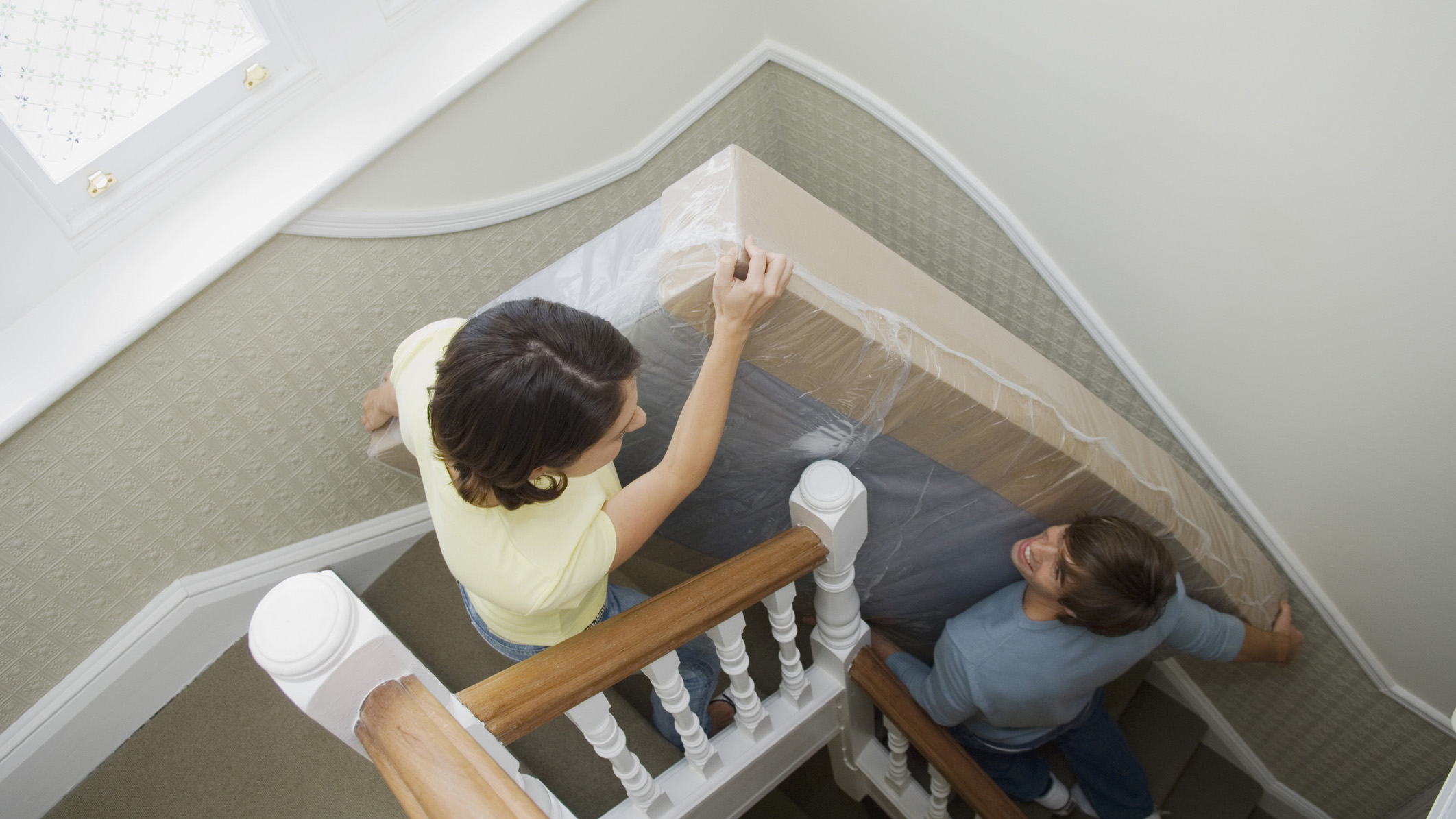
1. Swap it if you’re within the trial period
Buying a mattress online is quick and easy and also cheap, thanks to the almost never-ending mattress sales, but perhaps the biggest downside is that you don't get to test your chosen mattress's firmness level before you buy.
That's why manufacturers offer at-home trial periods. These range from 100 nights (the average length) up to a whole year. If you're still within your trial period, act now and return your too-soft mattress for a firmer model. Most brands offer free returns and exchanges, though some, like Saatva, will charge a processing fee.
Get daily insight, inspiration and deals in your inbox
Sign up for breaking news, reviews, opinion, top tech deals, and more.
If your mattress is outside of the trial period, check the warranty to see if you're covered for a certain amount of sagging / sinkage. Just keep in mind that sagging isn't the only cause of softer mattresses - some are just made that way. Memory foam mattresses are among the more durable beds but they're still prone to sagging, and how long a memory foam mattress lasts depends on what its made of and how you care for it.
For those who are unsure what firmness would suit them, take a look at our Saatva Classic mattress review of a luxury innerspring hybrid that comes in three firmness levels to suit all body types.
2. Flip or rotate your mattress
If you can, you should rotate your mattress every three months or so, in order to spread out wear and tear, and minimise the chances of deep sagging in a particular spot. Not all mattresses can be rotated, though; if yours has specific areas of zoned support, rotating it will leave you suddenly feeling less comfortable in the night. And while flipping your mattress used to be a thing when everybody had a traditional sprung mattress, very few modern mattresses can be flipped.
If your memory foam or hybrid mattress can be rotated, do this first as the softness you're currently feeling around your back and hips will then be at the bottom of the bed. Our article answering how often should you flip or rotate your mattress has extra tips.
3. Add a firm mattress topper
While most toppers are used to make a too-firm mattress a bit softer, there are still some options that'll make a soft mattress bit firmer, and they can also improve motion isolation if you share your bed with a restless partner.
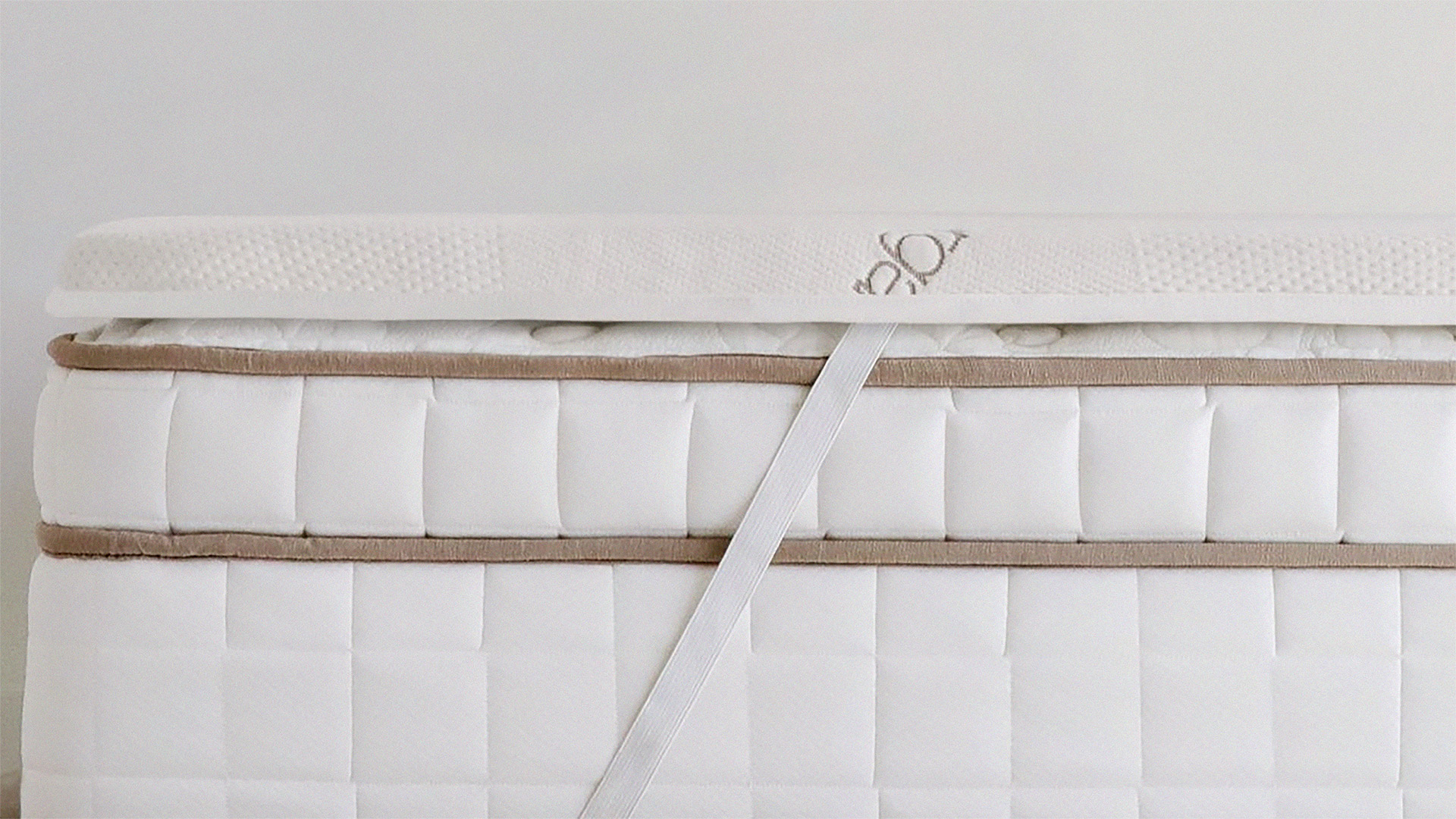
Latex mattress toppers are your top option for adding firmness, with the material (made from the sap of rubber trees) providing a firmer, more responsive surface. Luxury sleep specialist Saatva makes a great latex topper, priced from $325 at Saatva (see our Saatva mattress sale guide for the latest deals).
If you prefer memory foam, look for a hard foam topper. Our best mattress toppers guide runs you through this year's top-rated picks for all sleep scenarios. And if you're not sure whether you need a mattress topper or a mattress pad, our mattress pad vs mattress topper guide explains all the important differences.
4. Place your mattress on a supportive bed base
Putting a more supportive bed frame, platform or base beneath your mattress is another good way to make it that little bit firmer, and it should cost you less than a new mattress, too.
Firm edge divans are an excellent choice for a firmer bed as they’re designed with solid springs and a rigid wooden-sided frame. A slatted base designed to be rigid with no give is another great choice for adding firmness.
Just don't pick one where the slats are spaced too far apart otherwise your mattress may (especially a foam one) will dip through the slats, making it feel softer overall.
5. Place your mattress on the floor
While putting your mattress on the floor will make it feel instantly firmer, there are some drawbacks to this approach. Firstly, make sure that your mattress can be placed directly on the floor for sleeping. Some mattress warranties, for example, will be voided by this approach (so you won't be covered for damage).

You mattress will also pick up a lot more dust and dirt on the floor, and bugs (including bacteria) will find it easier to join you in bed. Put a thin rug underneath the mattress for protection and clean it regularly (see our guide on how to clean a mattress for tips) to keep germs, stains and other nasties at bay.
6. Reduce the temperature in your bedroom
If your too-soft mattress is made mostly of memory foam, it could be the temperature in your bedroom that's to blame for its softness. Heat causes memory foam to soften and lose its supportiveness, and if your bedroom's too warm it won't just make it harder to fall and stay asleep, it could also be making your bed too soft.
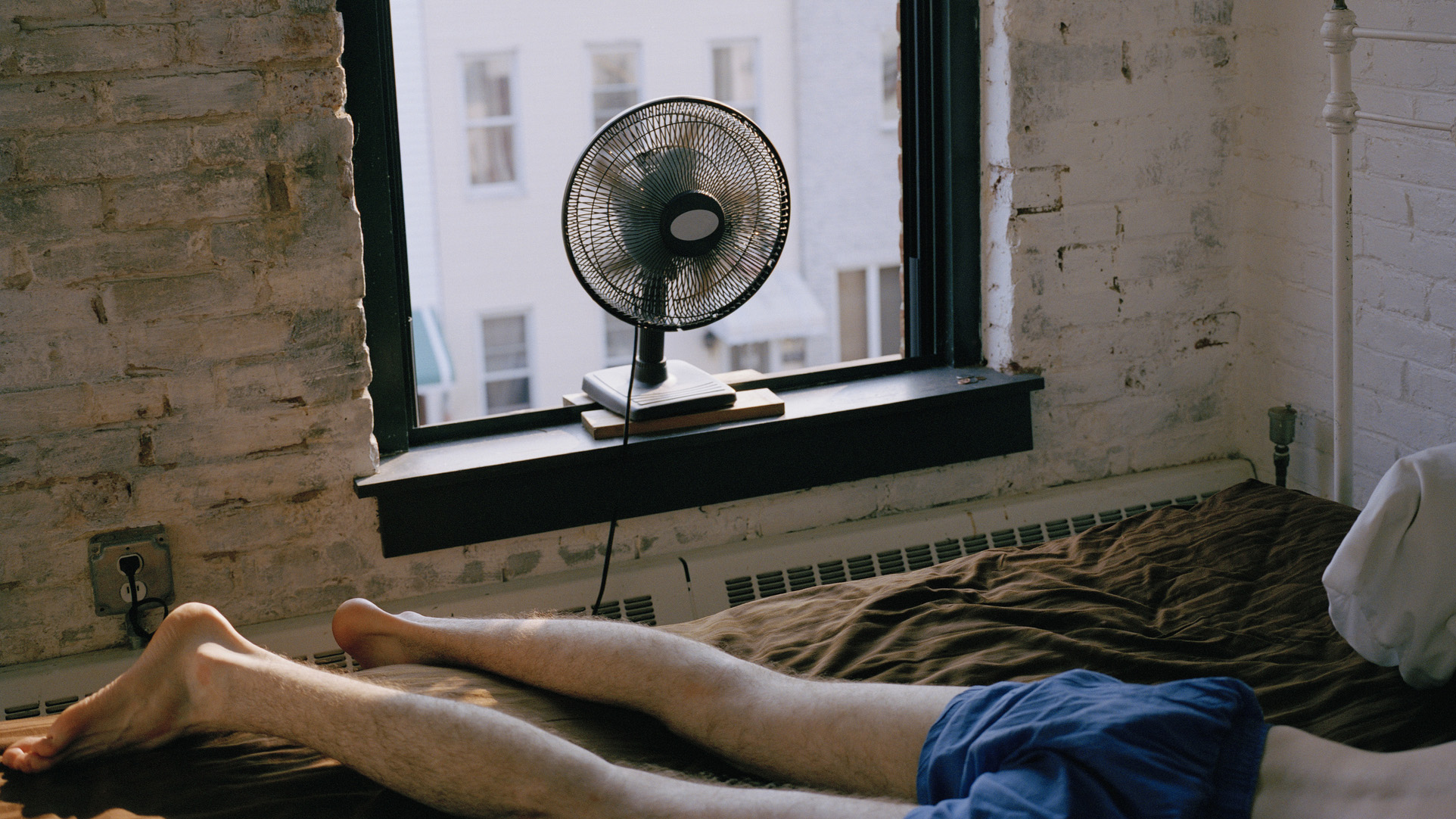
Hybrid mattresses with springs are usually fine, but cheaper versions could also lose firmness and stability in the foam areas. To make your mattress firmer at night – and to sleep better generally – switch off the heating or program one of the best smart thermostats to reduce the heating an hour or so before bed.
7. Place plywood beneath it — at your own risk
This is a popular hack that you're guaranteed to come across if you're searching for how to make a mattress firmer. And while putting a thin sheet of plywood underneath your mattress can help firm it up, just like with the business of putting your mattress on the floor there are a few caveats to be aware of.
Namely, it’s not suitable to use with many materials. Memory foam needs to breathe properly or you could run the risk of mold and bacteria growing on the material. Not only is this bad news for your health, it would void your mattress warranty.
If you do want to try the plywood mattress hack, we’d strongly suggest speaking to your mattress’ manufacturer first to check if it’s allowed and to see if they can offer a better solution. Sometimes they'll surprise you with a free topper to boost firmness.
8. Air your mattress in the sun
Different types of moisture soften a mattress – this is particularly common in humid areas, houses with poor insulation, or if you live close to the beach. If you suffer from night sweats, all that sweat and release of body oils can also lead to a mattress losing its firmness over time.
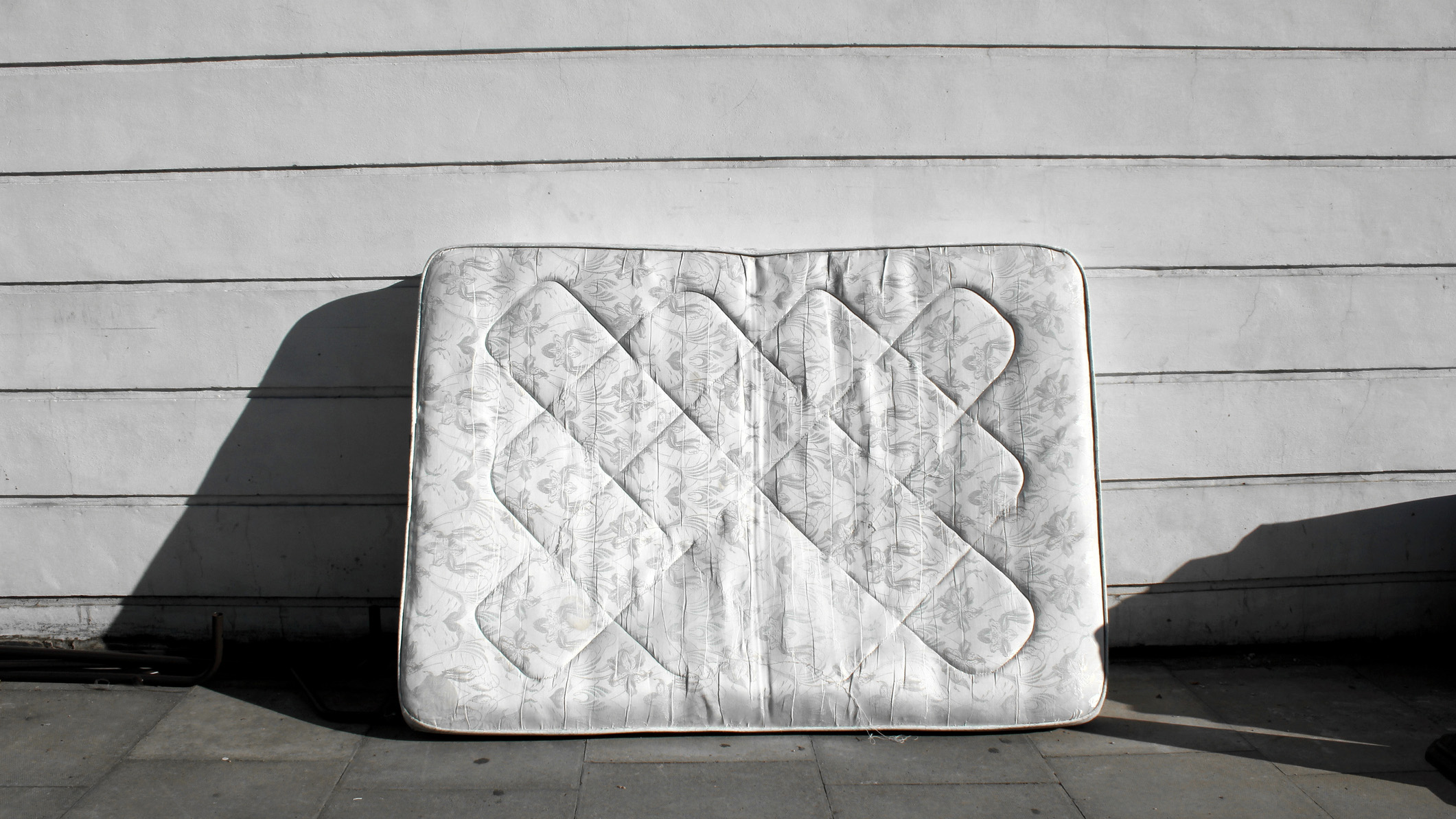
A quick fix is to take your mattress outside when it’s sunny and warm and leave it to air for a few hours, with the heat and sun naturally drawing out moisture. Not only will this make your mattress feel firmer, it will also kill off any bacteria, germs and mold caused by the dampness. Of course, some mattresses are simply too heavy to drag outside, but even if you can place it by an open window to catch some rays and fresh air, that should make a difference.
How firm should your mattress be?
A common misconception is that ultra-firm mattresses are the better option for good back health and to reduce pain. In fact, a medium-firm mattress tends to suit the vast majority of sleepers more. This is because medium-firm beds keep the spine in neutral alignment, yet they aren’t so firm that they become painful to sleep on.
Your body weight and sleep style will also play a big part in how soft or firm a mattress should be. Lighter weight sleepers can get away with a softer mattress than those of a heavier weight, as they won’t sink so far into the mattress. If you’re a dedicated side sleeper, you’ll actually want a slightly softer mattress that cradles your shoulders and hips.
Back and combo sleepers will thrive with medium-firm mattresses, but if you’re a stomach or back sleeper, look for a mattress at the firmer end of the scale to keep your head from sinking into the mattress and throwing your spine out of alignment.
If you've decided to opt for a new bed, we've rounded up some of our favorite medium-firm mattresses below. To boost your sleep comfort further, see our guide to this year's best pillows for all budgets.
Jo Plumridge is a freelance writer and photographer with over 20 years of experience writing for a variety of magazines, books and websites. She writes, perhaps unsurprisingly, about photography but also extensively on all things sleep and interior design related, alongside home and tech product reviews. She’s lived in the middle of a nature reserve in Botswana and written a guidebook to New Zealand, but now spends a lot of time trying to photograph the cats she and her husband foster for a local charity - without a doubt the most challenging subjects on earth!
